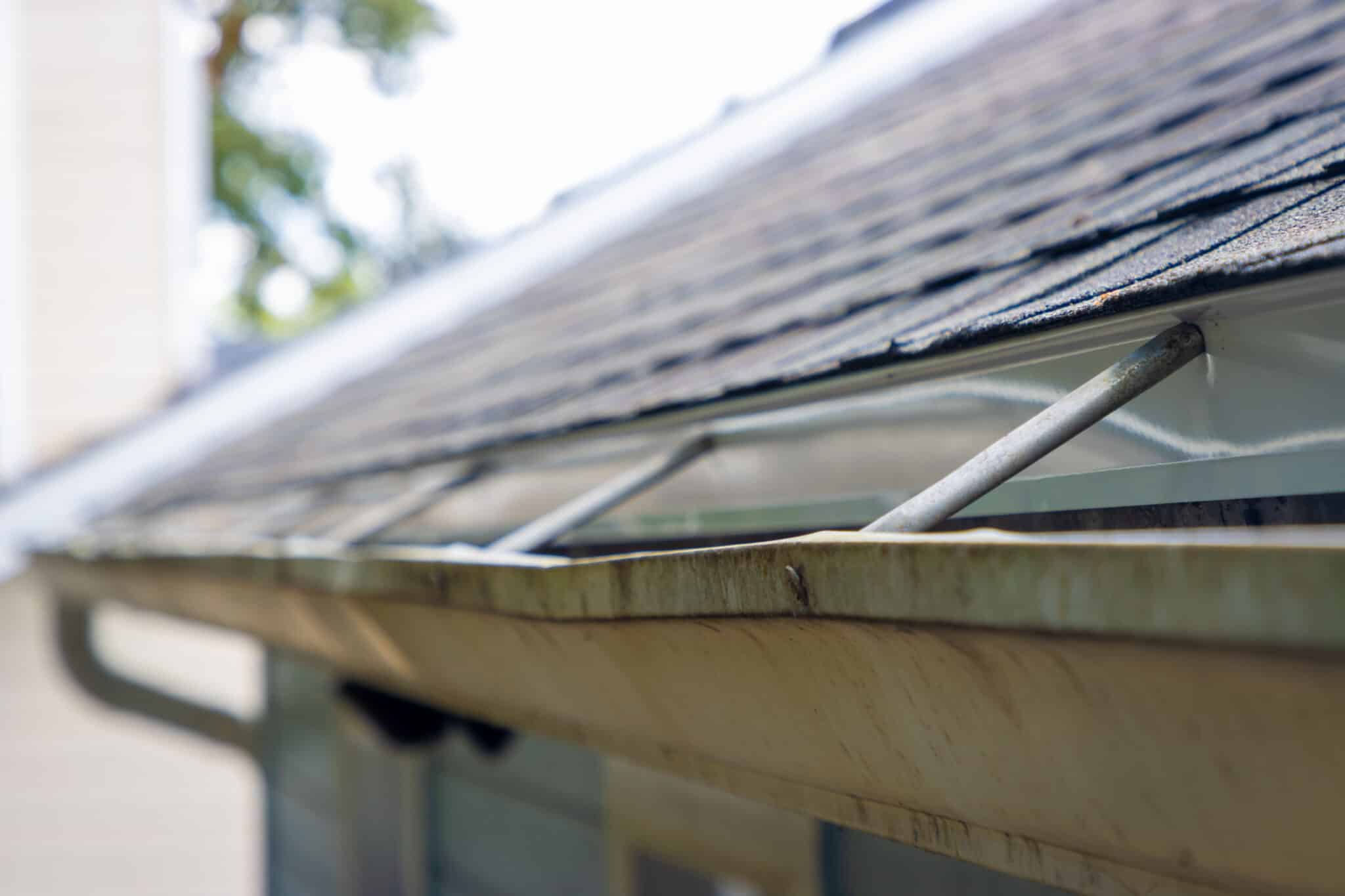

Articles
How To Repair Sagging Gutters
Modified: October 28, 2024
Learn effective techniques for repairing sagging gutters with our informative articles.
(Many of the links in this article redirect to a specific reviewed product. Your purchase of these products through affiliate links helps to generate commission for Storables.com, at no extra cost. Learn more)
Introduction
Gutters play a crucial role in protecting our homes from water damage by directing rainwater away from the roof and foundation. However, over time, gutters can become saggy, causing water to pool instead of flowing freely. This can lead to a host of problems, including leaks, structural damage, and even mold growth.
In this article, we will explore the common causes of sagging gutters, provide a step-by-step guide to repairing them, and offer some alternative solutions. We will also share some prevention tips to help you maintain the integrity of your gutters and avoid future issues.
Whether you are a seasoned DIY enthusiast or someone looking to tackle their first home repair project, this article will equip you with the knowledge and tools necessary to successfully repair sagging gutters. So, let’s get started!
Key Takeaways:
- Prevent sagging gutters by regularly cleaning, maintaining proper slope, and installing gutter guards. Proactive measures can minimize damage and ensure the longevity of your gutter system.
- Safety first! Prioritize safety when repairing sagging gutters. Follow the step-by-step guide, consider alternative solutions, and seek professional assistance if needed for a successful repair.
Read more: How To Fix Sagging Bookshelves
Common Causes of Sagging Gutters
Sagging gutters can be caused by a variety of factors ranging from natural wear and tear to improper installation. Understanding the common causes can help you identify the issue and take appropriate action to repair your gutters. Here are some common culprits:
- Poor Installation: One of the main causes of sagging gutters is improper installation. If the gutter hangers or brackets are not securely attached to the fascia or if the gutter is not sloped correctly, it can lead to sagging over time.
- Heavy Debris Build-up: When gutters are clogged with leaves, twigs, and other debris, the added weight can cause them to sag or pull away from the fascia board. Regular maintenance and cleaning can help prevent this issue.
- Water Pooling: If water consistently pools in your gutters due to improper drainage or blockages, it can put excessive weight and strain on the gutter system, leading to sagging.
- Ice Dams: In colder climates, ice dams can form on the edge of the roof, preventing proper water flow. The weight of the ice can cause the gutters to sag or even detach from the house.
- Aging and Wear: Over time, gutters can naturally deteriorate due to exposure to the elements. The constant expansion and contraction caused by temperature changes can weaken the gutter system, resulting in sagging.
Identifying the cause of your sagging gutters is crucial as it will determine the appropriate repair method to use. In the next section, we will discuss how to assess the damage and determine the necessary steps for repair.
Assessing the Damage
Before you begin repairing sagging gutters, it’s important to assess the extent of the damage. This will help you understand the scope of the repair and gather the necessary materials and tools. Here are some key steps to assess the damage:
- Visual Inspection: Start by visually inspecting your gutters from the ground, looking for any obvious signs of sagging, detachment, or damage. Pay attention to any sections that appear uneven or lower than others.
- Check for Leaks: Examine the gutters for signs of leaks, such as water stains or mildew on the exterior walls. Leaks can indicate that the sagging gutters are causing water to overflow or not properly drain.
- Slope Evaluation: Observe the slope of the gutters by running a small amount of water through them. The water should flow smoothly towards the downspouts without pooling or backing up in any sections.
- Inspect Fascia Board: Inspect the fascia board behind the gutters for any signs of rot, damage, or deterioration. Sagging gutters can cause the fascia board to weaken, further compromising the stability of the gutter system.
- Check Downspouts: Ensure that the downspouts are securely attached and free of any obstructions. Clogs in the downspouts can contribute to sagging gutters by preventing water from draining properly.
By thoroughly assessing the damage, you will have a better understanding of the repairs needed and the materials and tools required. In the next section, we will discuss the essential materials and tools needed to repair sagging gutters.
Materials and Tools Required
Repairing sagging gutters requires a few essential materials and tools. Gathering these beforehand will save you time and ensure a smoother repair process. Here’s a list of what you’ll need:
- New Gutter Hangers: Depending on the extent of the damage, you may need to replace the existing gutter hangers. Choose high-quality hangers that are appropriate for the size and type of your gutters.
- Gutter Screws: If the existing gutter hangers are still in good condition, you can reinforce them by using gutter screws. These screws provide extra stability and prevent future sagging.
- Gutter Sealant: To ensure a watertight connection, use a gutter sealant. This will help prevent leaks and keep your gutters in good condition for longer.
- Level: A level will help you determine if the gutters are properly sloped. This is important to ensure that water flows freely towards the downspouts.
- Ladder: Since the repair will involve accessing the gutters, you’ll need a sturdy ladder to safely reach the work area. Make sure the ladder is the appropriate height and in good condition.
- Screwdriver or Drill: Depending on the type of gutter hangers or screws you’re using, you’ll need either a screwdriver or drill to secure them in place.
- Tape Measure: A tape measure will help you accurately measure and position the new gutter hangers or screws.
- Safety Gear: It’s essential to prioritize safety when working at heights. Wear protective gear such as gloves, goggles, and a helmet to minimize the risk of accidents.
Having these materials and tools handy will make the repair process more efficient and ensure a successful outcome. In the next section, we will provide a step-by-step guide to repairing sagging gutters.
Inspect the hangers and brackets holding the gutters in place. Replace any damaged or worn-out hangers to provide proper support and prevent sagging.
Step-by-Step Guide to Repair Sagging Gutters
Repairing sagging gutters is a manageable DIY project that can help prevent further damage and maintain the integrity of your gutter system. Follow these step-by-step instructions to successfully repair your sagging gutters:
- Step 1: Safety First
Before you begin any repair work, ensure you have the necessary safety equipment, including gloves, goggles, and a stable ladder. Safety should always be the top priority. - Step 2: Remove Debris
Start by cleaning out any debris, leaves, or obstructions from your gutters. This will make it easier to assess the damage and ensure the gutters are clear for proper water flow. - Step 3: Identify the Sagging Section
Identify the specific section of the gutter system that is sagging. This will help you focus your repair efforts and determine the extent of the repair required. - Step 4: Replace Gutter Hangers/Screws
If the existing gutter hangers or screws are damaged or ineffective, remove them and replace them with new ones. Use a level to ensure the new hangers or screws are properly aligned and secure. - Step 5: Reinforce Hangers/Screws
If the existing hangers or screws are still in good condition, reinforce them by adding extra screws for stability. This will provide additional support and prevent future sagging. - Step 6: Check Slope and Adjust if Needed
Use a level to check the slope of the gutters. Adjust the positioning of the gutter hangers or screws as necessary to ensure the gutters slope towards the downspouts for proper water flow. - Step 7: Seal Connections
Apply a gutter sealant to the connections between the gutters and the hangers or screws. This will create a watertight seal and prevent leaks. - Step 8: Test Water Flow
After completing the repairs, run water through the gutters to ensure proper flow. Check for any signs of leakage or pooling, and make any necessary adjustments as needed. - Step 9: Regular Maintenance
To prevent future sagging, make sure to regularly clean and maintain your gutters. Clear out any debris and inspect the system for any signs of damage or wear.
By following these steps, you can successfully repair sagging gutters and ensure that your gutter system functions properly. In the next section, we will explore some alternative solutions for repairing sagging gutters.
Read more: How To Fix A Sagging Garage Door
Alternative Solutions
While the step-by-step guide outlined above is a common and effective approach to repairing sagging gutters, there are a few alternative solutions you can consider depending on the severity of the damage and your specific situation:
- Gutter Extensions: If the main cause of sagging is poor water drainage, installing gutter extensions can help redirect water away from your home’s foundation. This can alleviate water pooling and reduce the strain on your gutters.
- Gutter Guards: To prevent future sagging and reduce the frequency of gutter cleaning, consider installing gutter guards. These guards act as a barrier, preventing debris from entering the gutters and clogging them.
- Gutter Replacement: In some cases, the damage to your gutters may be so extensive that a repair is not sufficient. If you notice multiple sections sagging or significant damage, it may be necessary to replace your entire gutter system. Consult with a professional to determine the best course of action.
- Professional Assistance: If you are uncomfortable or unsure about repairing your sagging gutters yourself, it’s always a good idea to seek professional help. Professional gutter repair or installation services have the expertise and equipment to address the issue effectively and ensure long-lasting results.
It’s important to evaluate your specific situation and consider which alternative solutions may be the most suitable for your needs. Remember, regular maintenance and proactive measures can help prevent the recurrence of sagging gutters.
Now that we have explored alternative solutions, let’s move on to some prevention tips to help you maintain the integrity of your gutters.
Prevention Tips
Preventing sagging gutters is key to ensuring the longevity and functionality of your gutter system. By implementing these preventive measures, you can minimize the risk of future damage:
- Regular Cleaning: Clean your gutters at least twice a year or more frequently if you live in an area with heavy foliage. Remove any leaves, twigs, or debris to prevent clogs and water buildup.
- Trim Overhanging Branches: Trim any branches that hang over your roof or gutters. This will help reduce the amount of debris that falls into your gutters and minimize the risk of damage from falling branches during storms.
- Install Gutter Guards: Consider installing gutter guards or covers to prevent debris from entering your gutters. This will significantly reduce the frequency of cleaning and minimize the chances of clogs and sagging.
- Inspect and Repair: Regularly inspect your gutters for signs of damage, such as cracks, loose hangers, or detachment from the fascia board. Address any issues promptly to prevent further damage and sagging.
- Maintain Proper Slope: Ensure that your gutters have the correct slope so that water flows freely towards the downspouts. Use a level to check and adjust the slope if necessary.
- Control Water Flow: Install downspout extensions or splash guards to direct water away from your foundation. This will prevent excess water from pooling near your home, reducing the strain on your gutters.
- Professional Inspection: Consider scheduling a professional inspection of your gutters annually or as needed. A professional can assess the condition of your gutters, identify potential issues, and provide appropriate maintenance or repair recommendations.
By following these prevention tips, you can maintain the functionality and structural integrity of your gutters, reducing the risk of sagging and other gutter-related problems.
Now that you have a comprehensive understanding of how to repair sagging gutters, alternative solutions, and prevention tips, you’re well-equipped to take on this home maintenance task. Remember to prioritize safety, follow the recommended guidelines, and seek professional assistance when necessary.
With proper care and attention, your gutters will continue to protect your home and keep it safe from water damage for years to come.
Good luck with your gutter repair project!
Conclusion
Sagging gutters can be a common problem that may compromise the effectiveness of your gutter system in directing water away from your home. It is important to address this issue promptly to prevent further damage to your home’s structure and foundation. By understanding the common causes of sagging gutters, assessing the damage, and following the step-by-step repair guide, you can successfully restore the functionality of your gutter system.
We have also explored alternative solutions such as gutter extensions, gutter guards, and professional assistance, as well as prevention tips to reduce the chances of future sagging. Regular cleaning, maintenance, and professional inspections will help ensure the long-lasting performance of your gutters.
Remember, safety should always be a priority when working with ladders and roof areas. If you are uncomfortable with the repair process or unsure of your abilities, it is wise to seek professional help.
By taking proactive measures and staying vigilant, you can protect your home from water damage, maintain the integrity of your gutters, and enjoy peace of mind knowing that your foundation is well-protected.
So, don’t delay! Start assessing your gutters today and take the necessary steps to repair any sagging sections. With the knowledge and information provided in this article, you are well-equipped to tackle this DIY project. Good luck, and happy gutter repair!
Frequently Asked Questions about How To Repair Sagging Gutters
Was this page helpful?
At Storables.com, we guarantee accurate and reliable information. Our content, validated by Expert Board Contributors, is crafted following stringent Editorial Policies. We're committed to providing you with well-researched, expert-backed insights for all your informational needs.
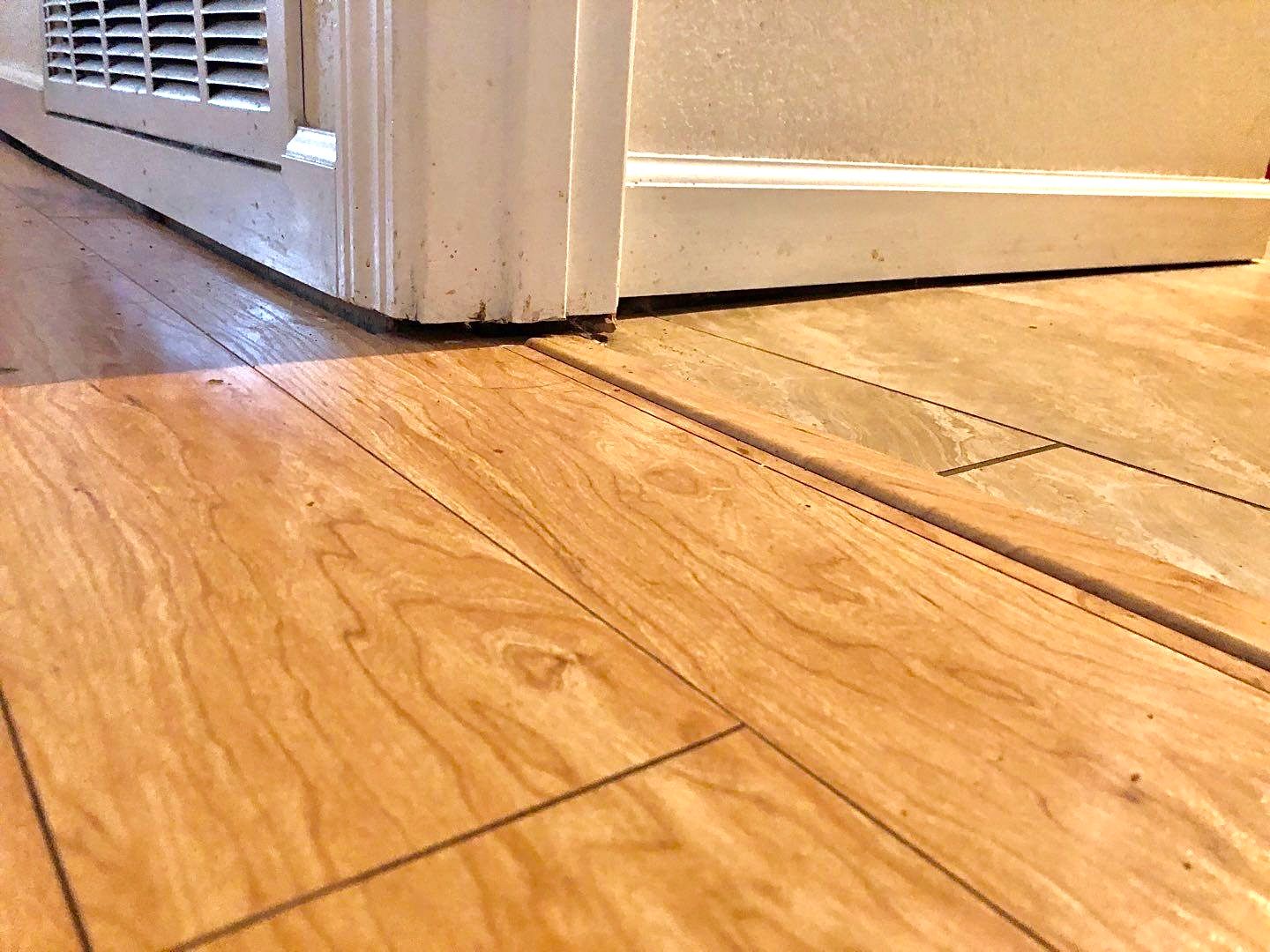
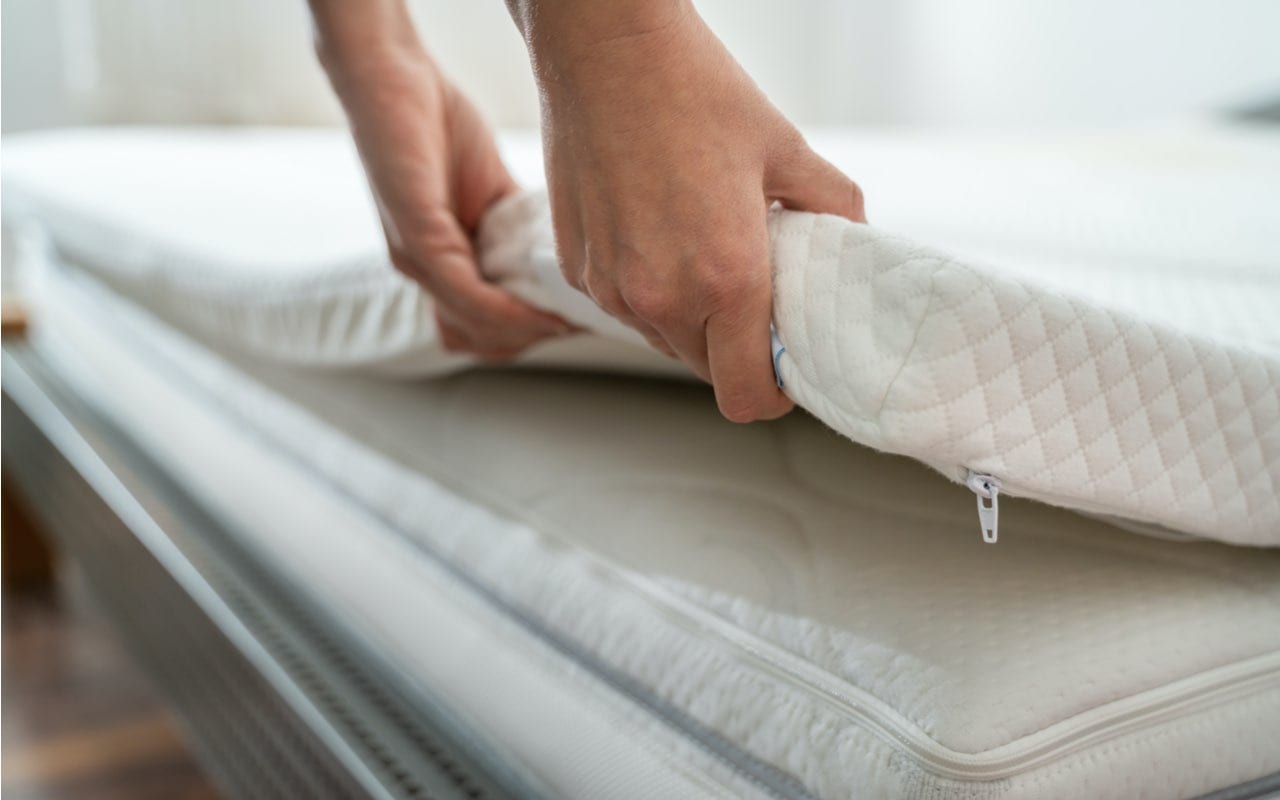
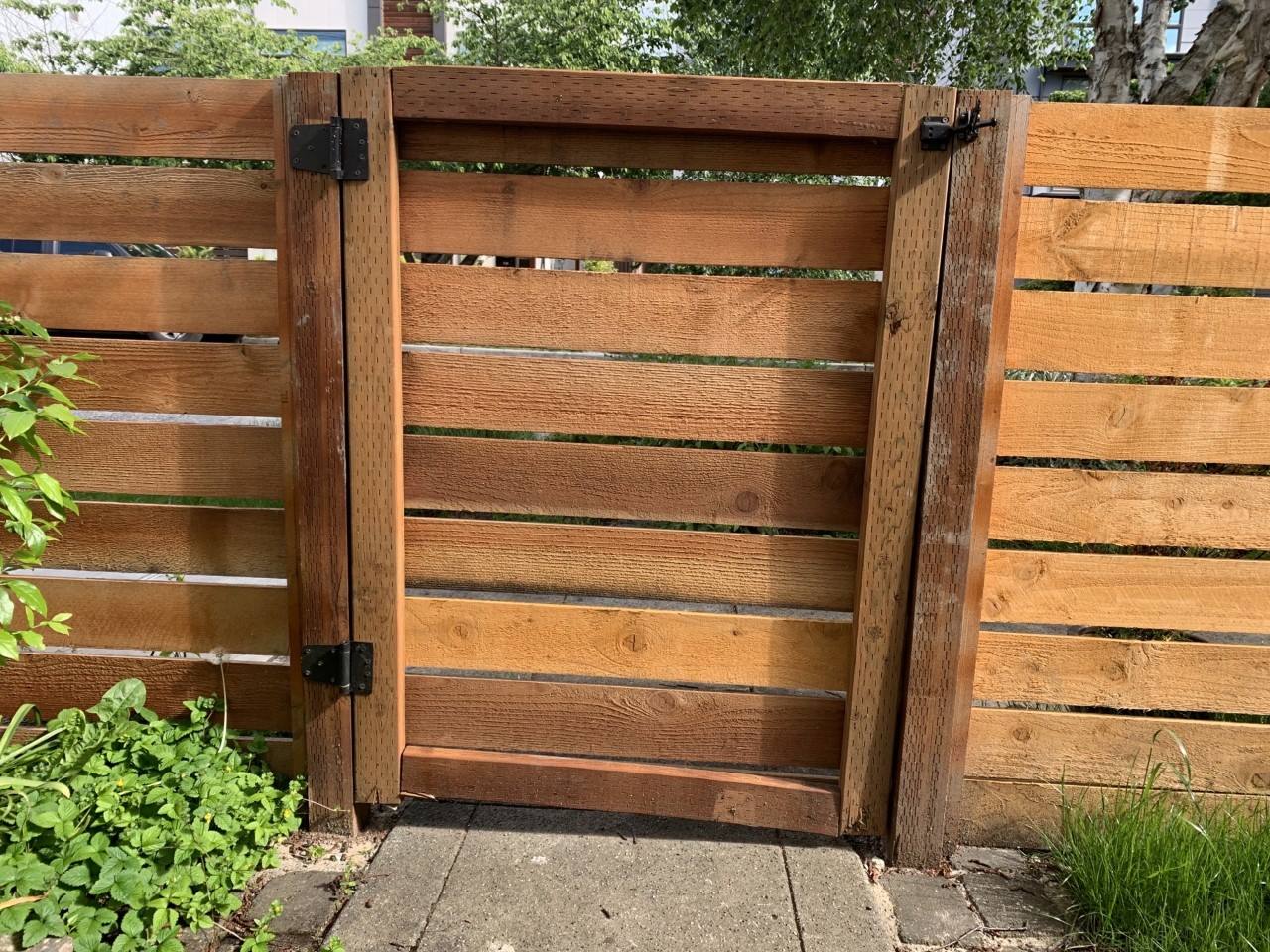
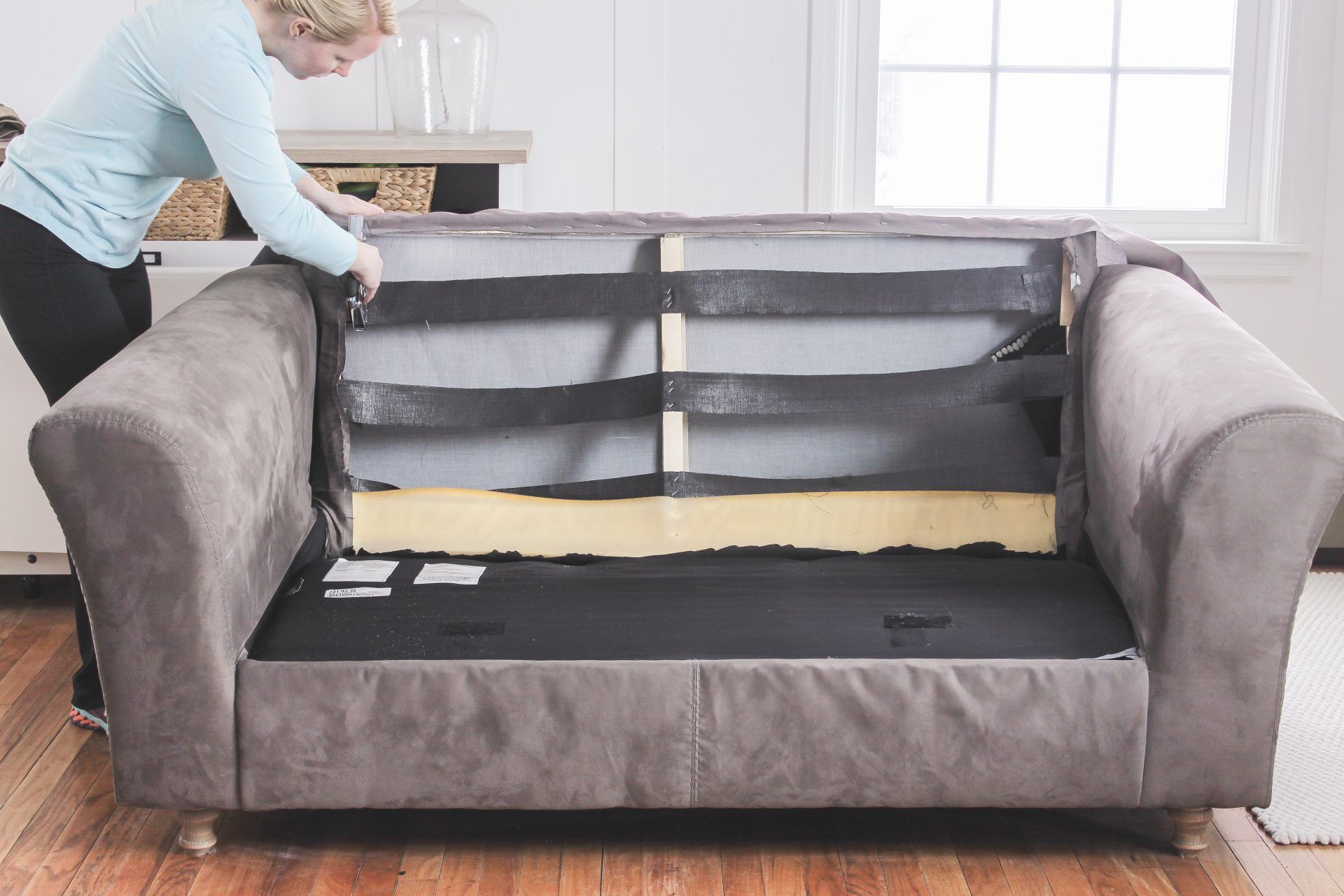

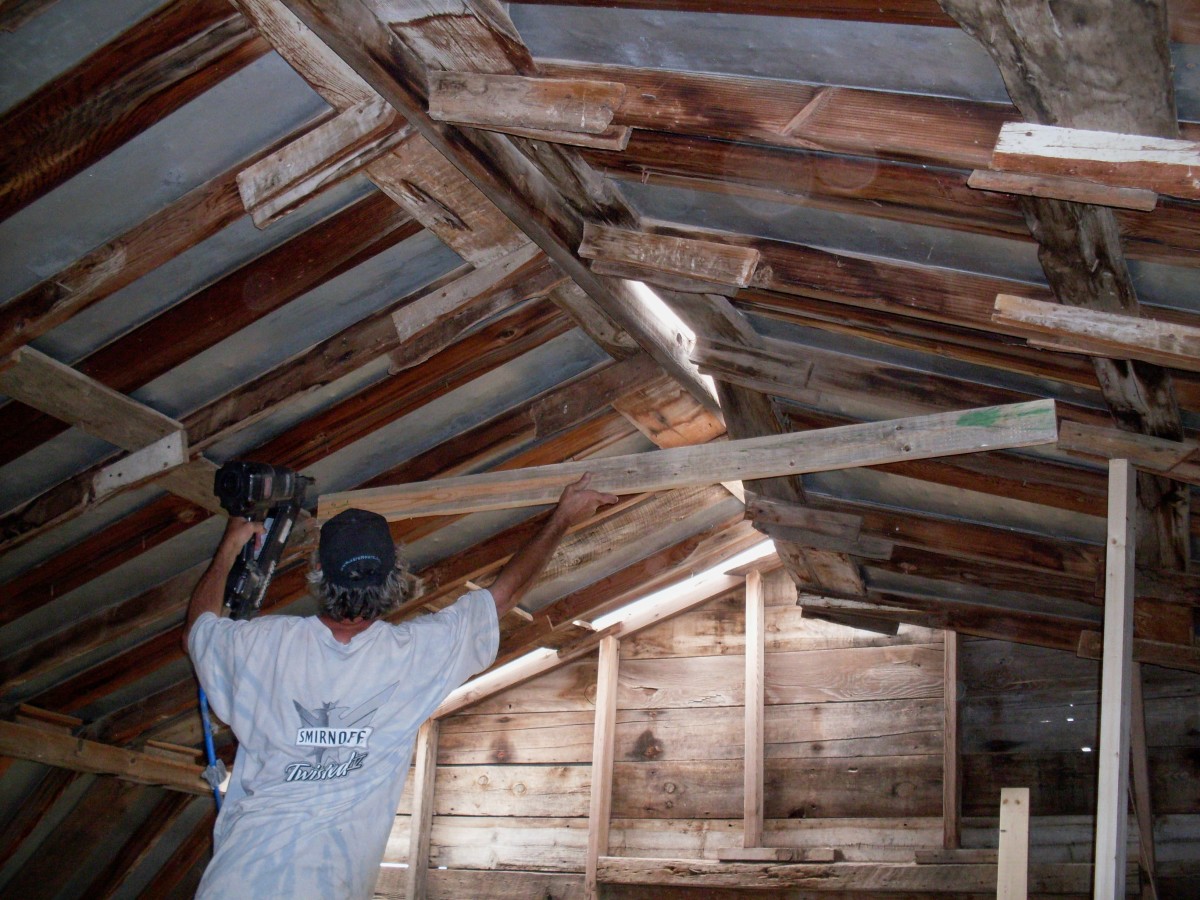
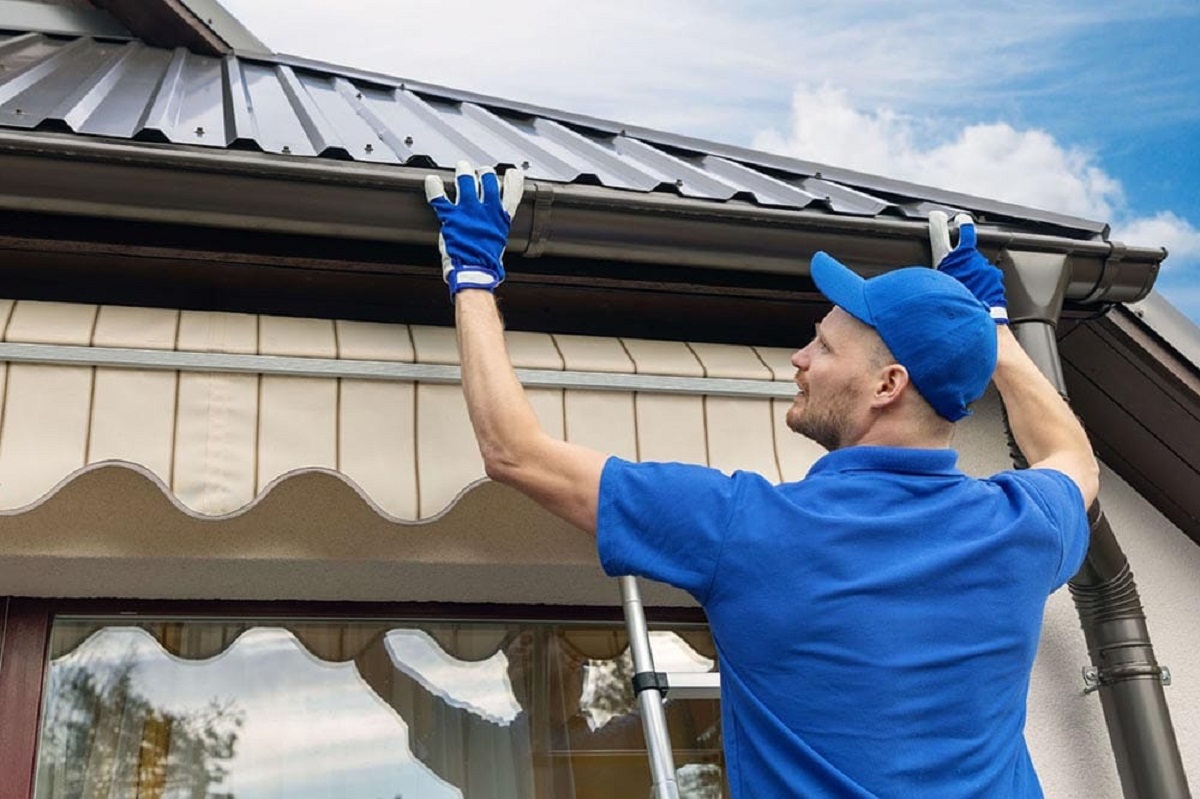
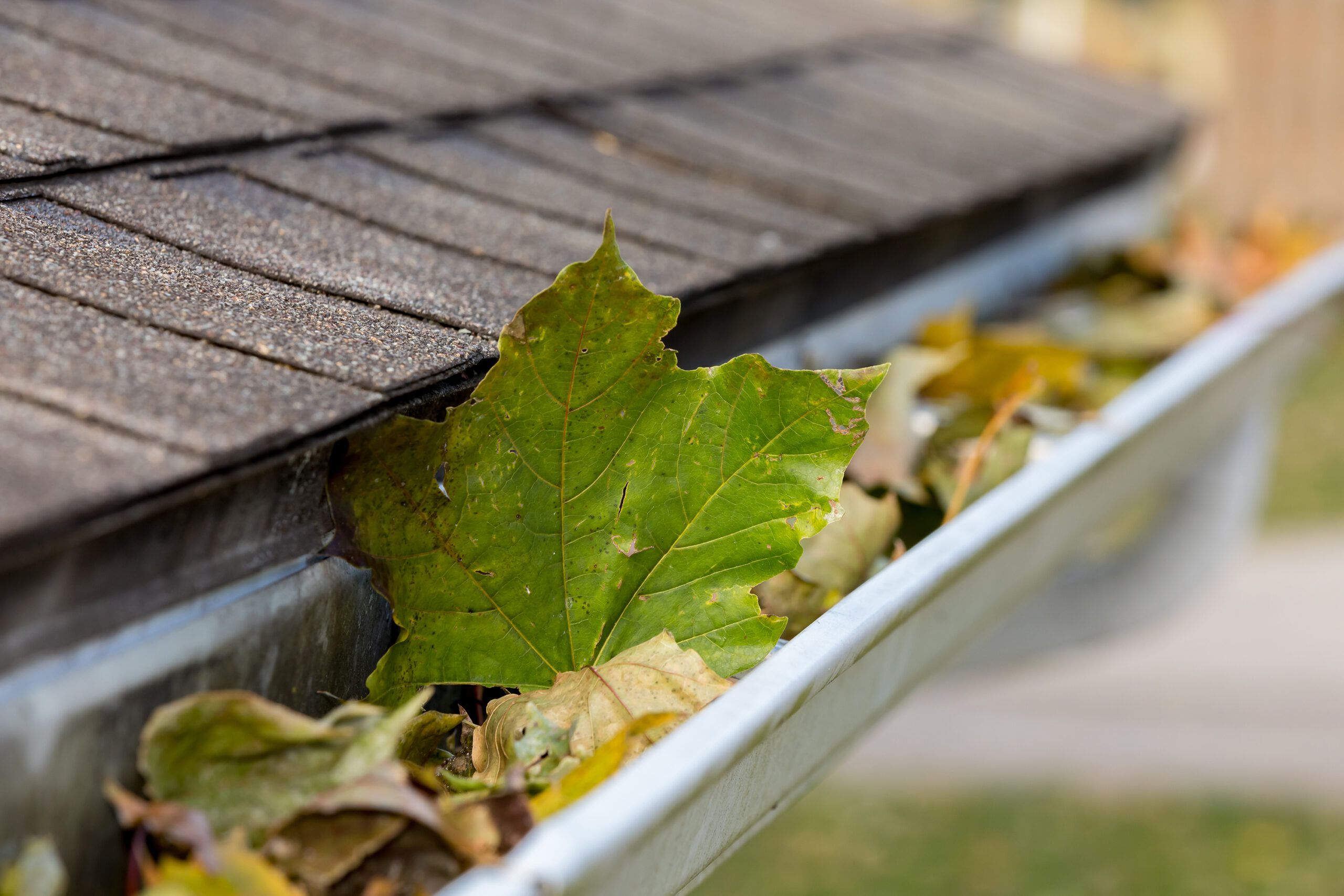
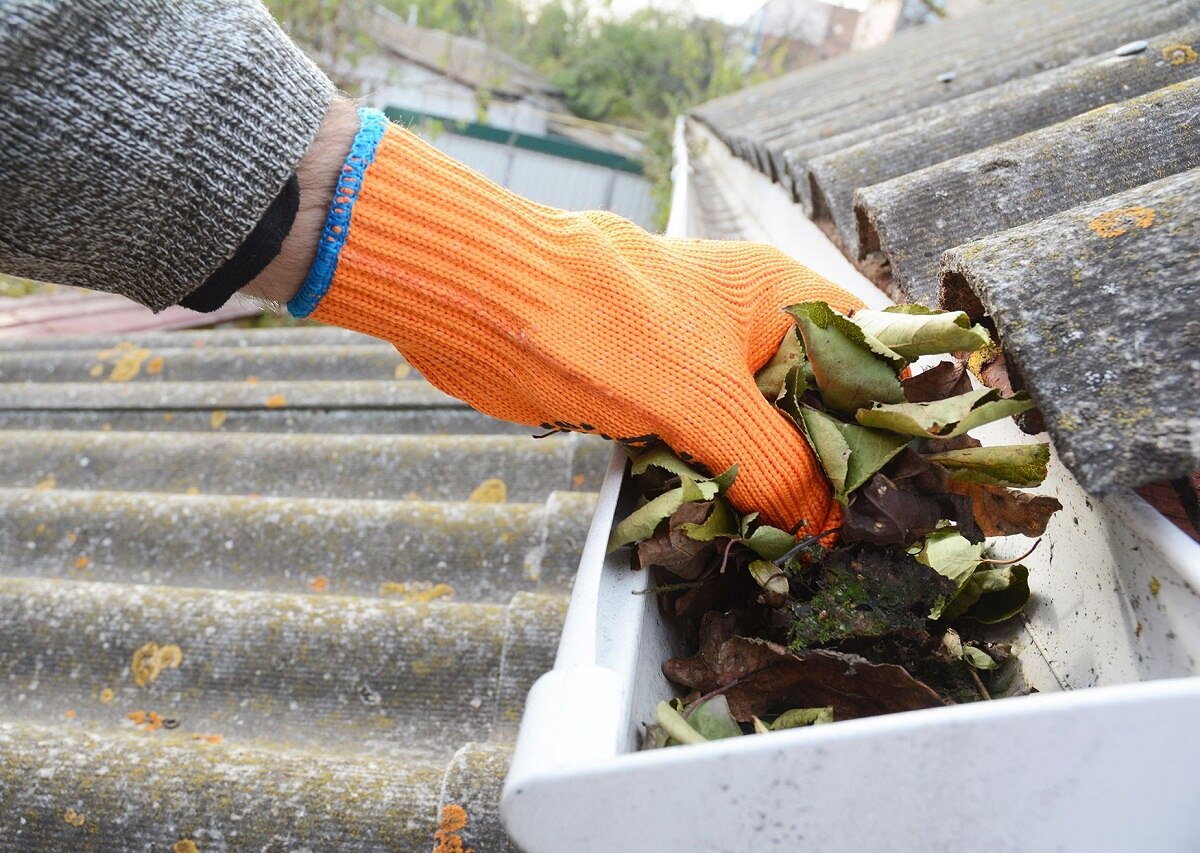
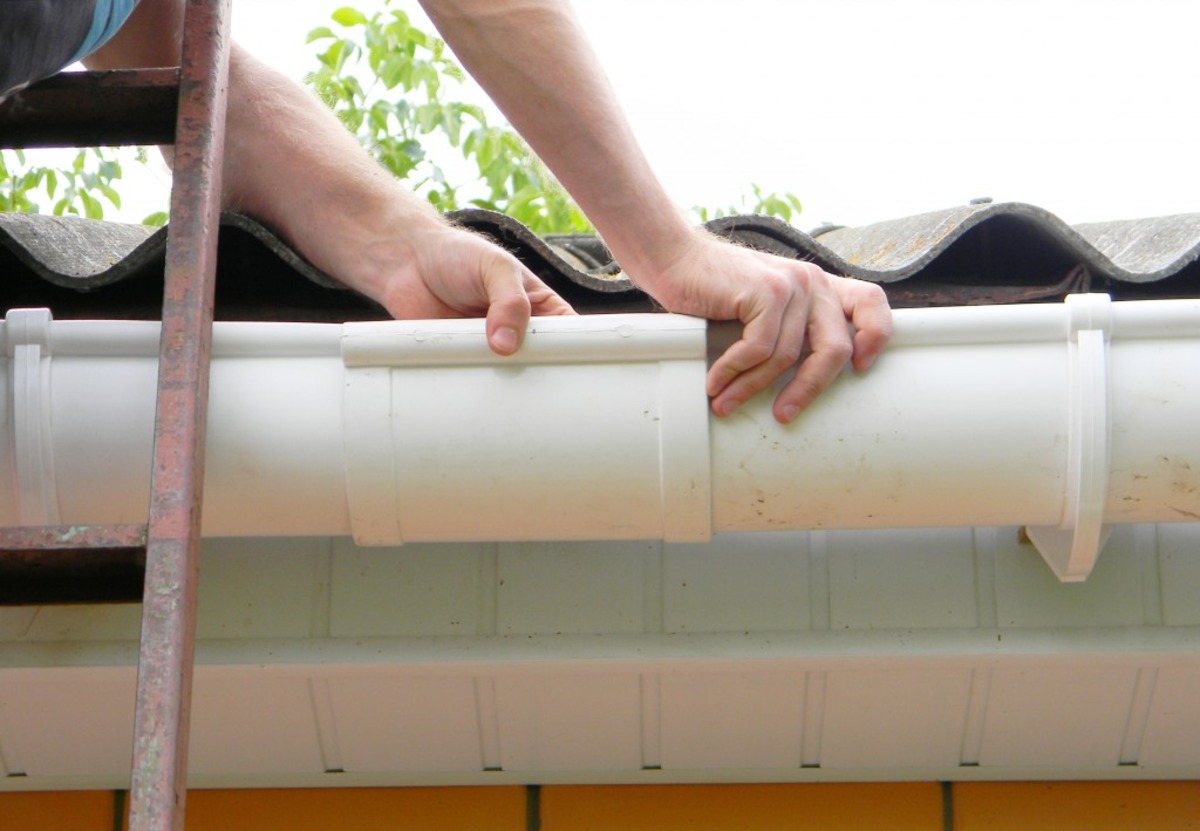
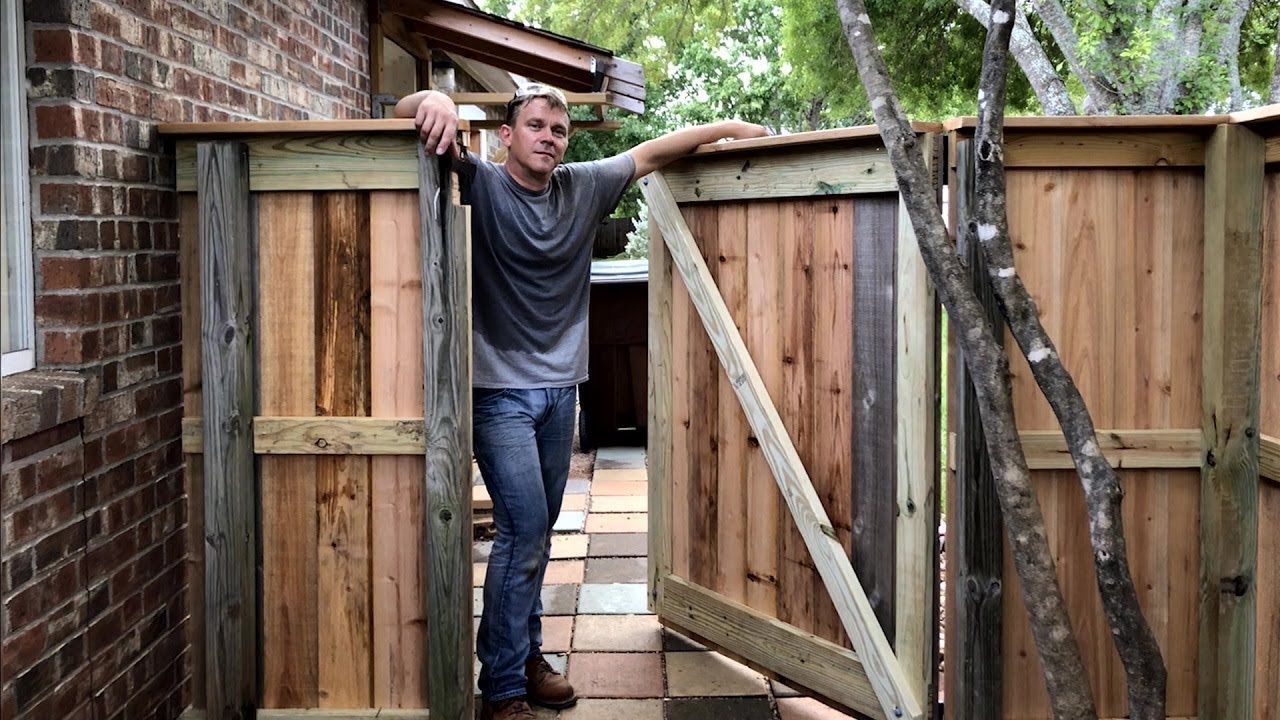
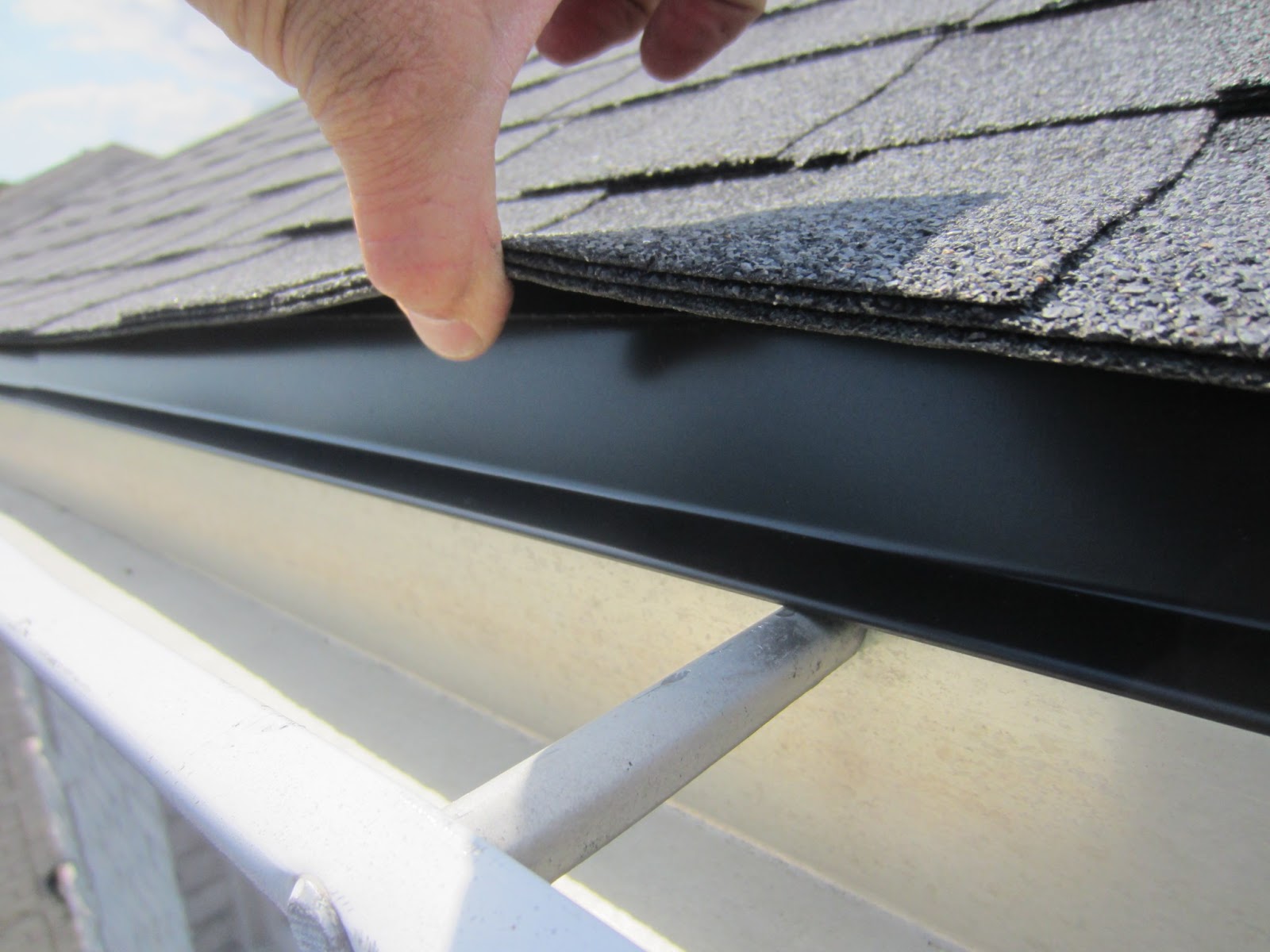
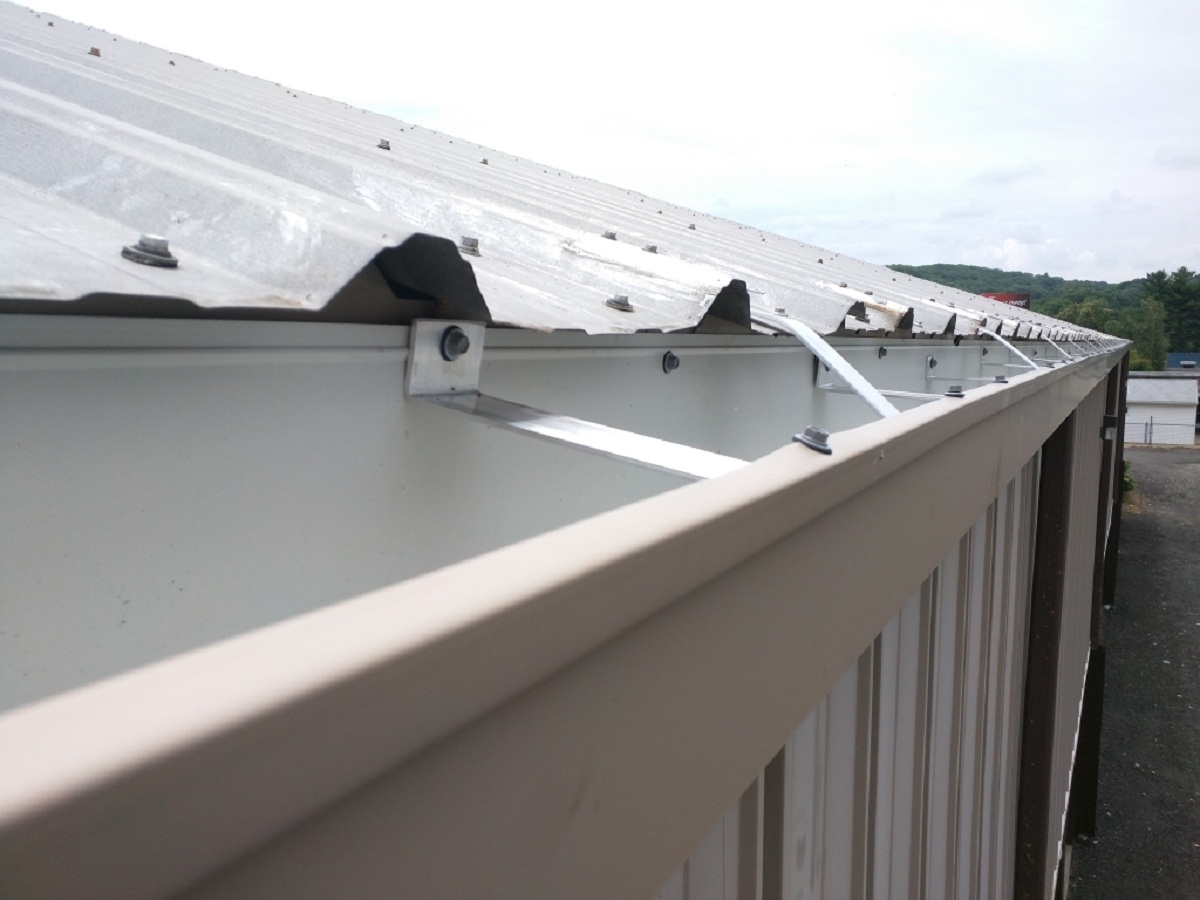
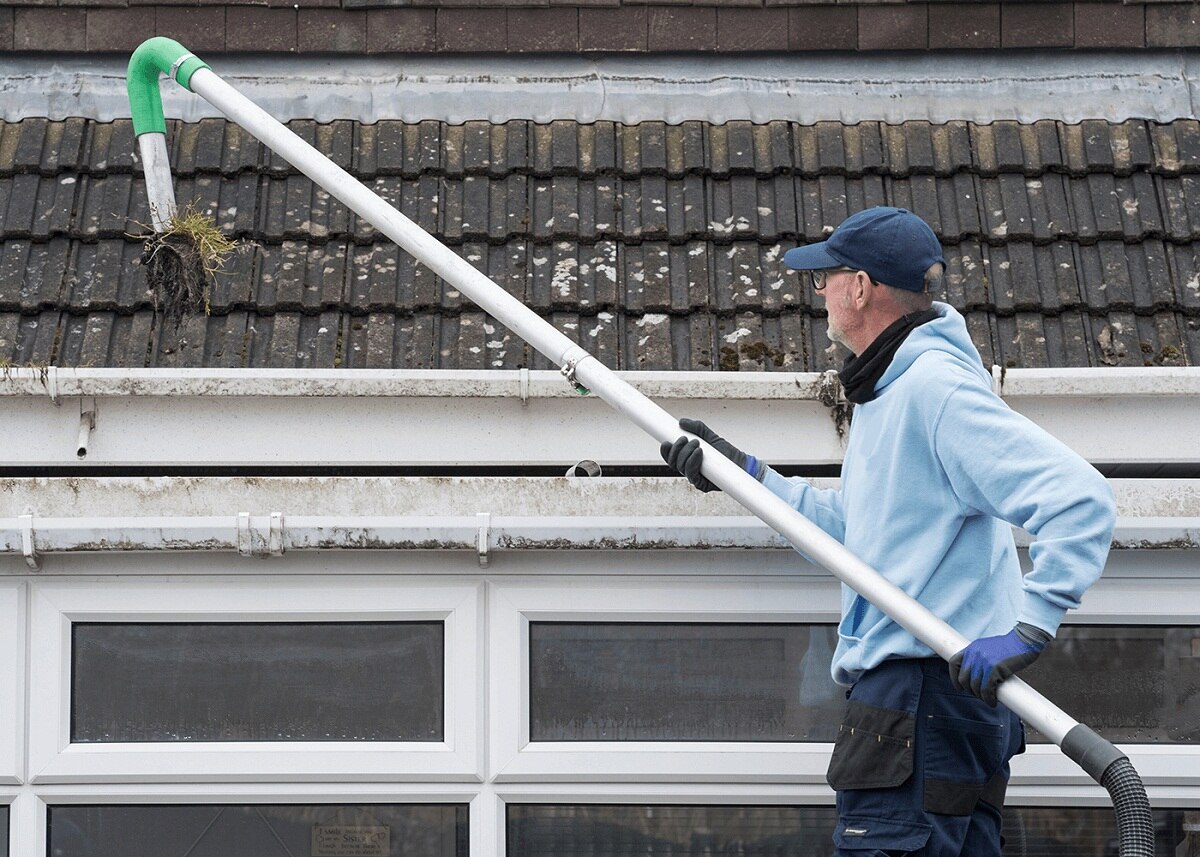

0 thoughts on “How To Repair Sagging Gutters”